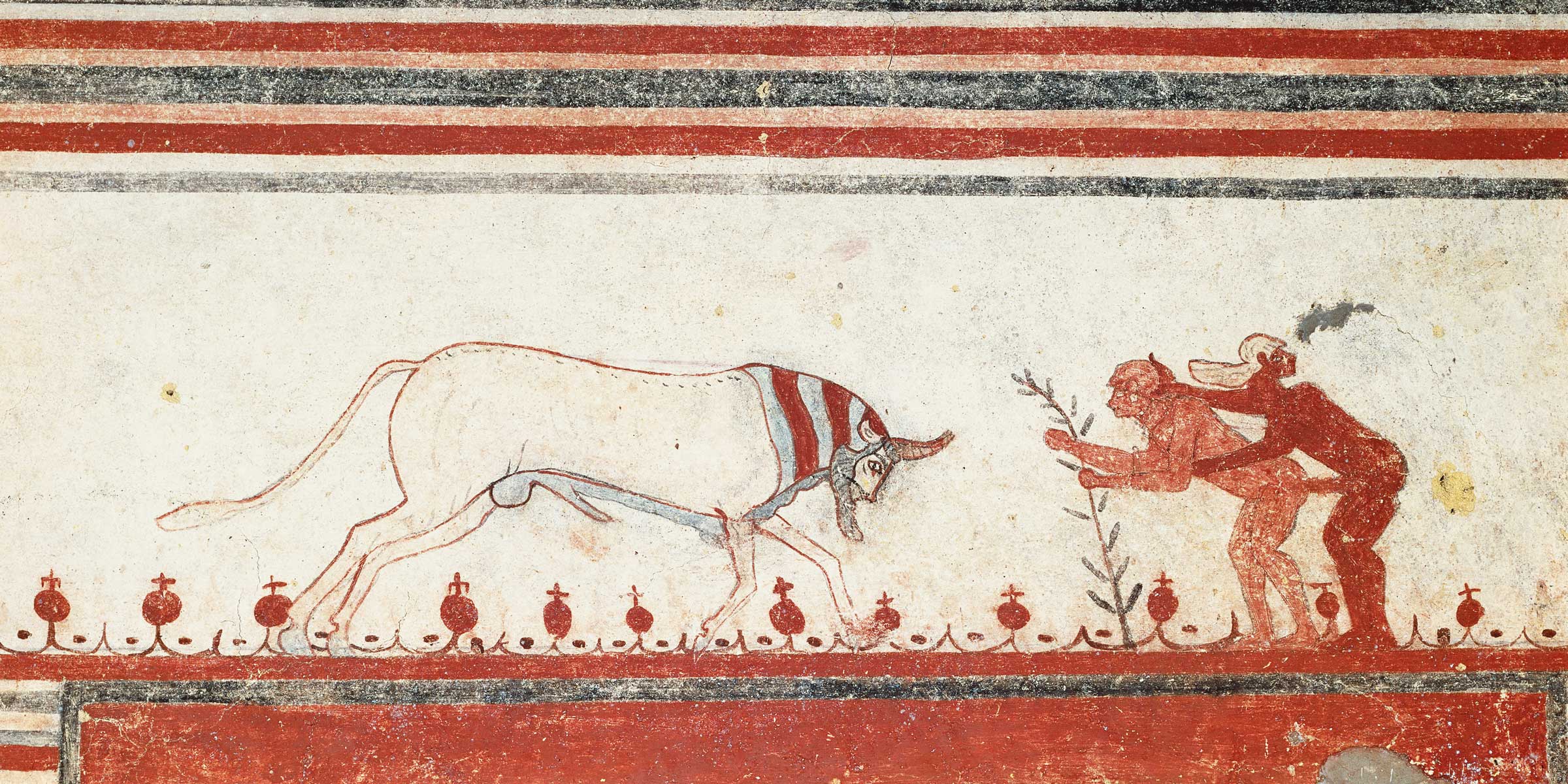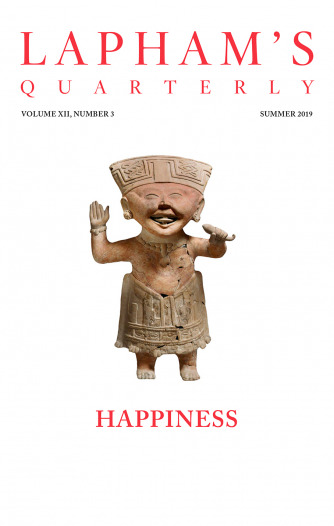No matter how much cats fight, there always seem to be plenty of kittens.
—Abraham Lincoln,Human Animals
Alfred Kinsey switches positions.
Universally, at all social levels in our Anglo-American culture, the opinion is held that there is one coital position which is biologically natural, and that all others are man-devised variants which become perversions when regularly engaged in. However, the one position which might be defended as natural because it is usual throughout the class Mammalia is not the one commonly used in our culture. The usual mammalian position involves, of course, rear entrance, with the female more or less prone, face-down, with her legs flexed under her body, while the male is above or to the rear. Among the anthropoids this mammalian position is still the most common, but some variety of positions also occurs.
Most persons will be surprised to learn that positions in intercourse are as much a product of human cultures as languages and clothing, and that the common English-American position is rare in some other cultures. Among the several thousand portrayals of human coitus in the art left by ancient civilizations, there is hardly a single portrayal of the English-American position. It will be recalled that Malinowski records the nearly universal use of a totally different position among the Trobrianders in the southwestern Pacific, and that he notes that caricatures of the English-American position are performed around the communal campfires, to the great amusement of the natives who refer to the position as the “missionary position.”
The origin of our present custom is involved in early and later church history, and needs clarification before it can be presented with any authority; but certain it is that there was a time in the history of the Christian church when the utilization of any other except the present-day position was made a matter for confession. What has been taken to be a question of biologic normality proves, once again, to be a matter of cultural development.

A bull charging a couple in flagrante delicto, Etruscan tomb, Tarquinia, c. 550 bc. Scala/Art Resource, NY.
Since this is so, it is not surprising to find that within our American culture there is some variation in coital positions among the social levels. Throughout the population as a whole, a high proportion of all the intercourse is had in a position with the female supine, on her back, with the male above and facing the female. Only a part of the intercourse is had with the female above the male. This occurs in about 35 percent of the college-level histories, in 28 percent of the high-school histories, but in only 17 percent of the grade-school histories. At the upper level, 26 percent of the mates may use a position in which the partners lie on their sides facing each other, but only 23 and 16 percent of the high-school and grade-school males try such a technique. Rear entrance into the vagina is found in 11 percent of college and high-school histories, but in less than 8 percent of the grade-school histories. The lower level experiments more often than the upper level only in sitting and standing positions, but no group uses these two positions very often.
It should be emphasized that the most common variant position is the one with the female above. It is used, at least occasionally, by more than a third of the upper-level males. The position was more nearly universal in ancient Greece and Rome (vide the art objects and materials, as well as the literature from that period). It is shown in the oldest known depiction of human coitus, dating between 3200 bc and 3000 bc, from the Ur excavations in Mesopotamia. The position with the female above is similarly the commonest in the ancient art of Peru, India, China, Japan, and other civilizations. In spite of its ancient history, many persons at lower social levels consider the position a considerable perversion. It is associated in their rationalizations with the idea that the female becomes masculine while the male becomes effeminate in assuming such a position, and that it destroys the dignity of the male and his authority in the family relationship. There may be a feeling that a male who accepts this position shows homosexual tendencies. One of the older psychiatrists goes so far as to insist that the assumption of such a dominating position by the female in coitus may lead to neurotic disturbances and, in many cases, to divorce. Even the scientifically trained person is inclined to use such rationalizations to defend his custom.

Alfred Kinsey
From Sexual Behavior in the Human Male. The American sexual scientist began his career as an entomologist specializing in the gall wasp. In 1938 he embarked on his exhaustive project intended to serve as a case study of all aspects of human sex behavior. At the time of his death in 1956 at age of sixty-two, Kinsey had compiled only two of the nine projected volumes.

